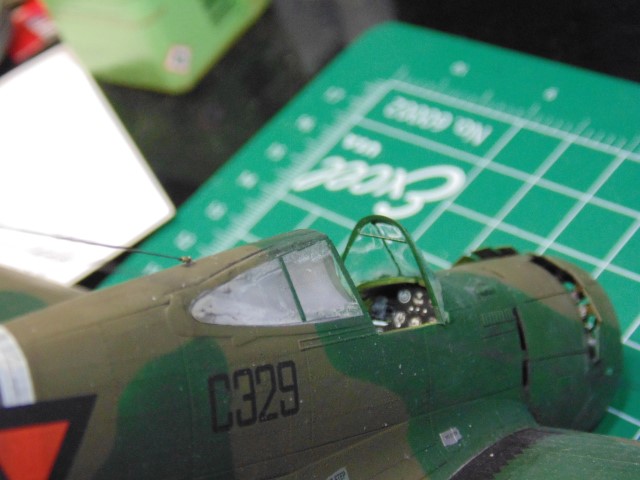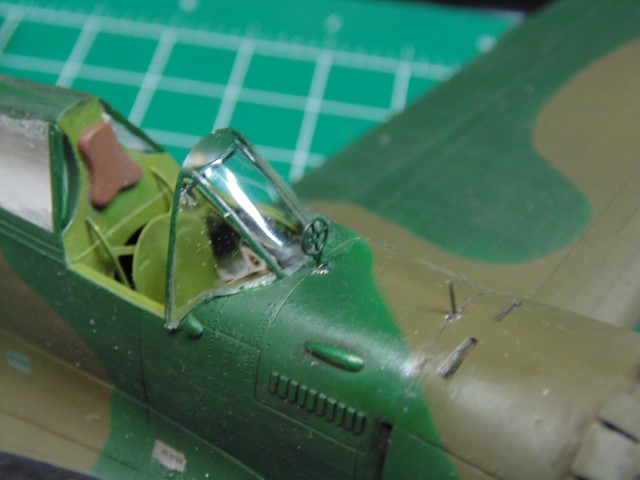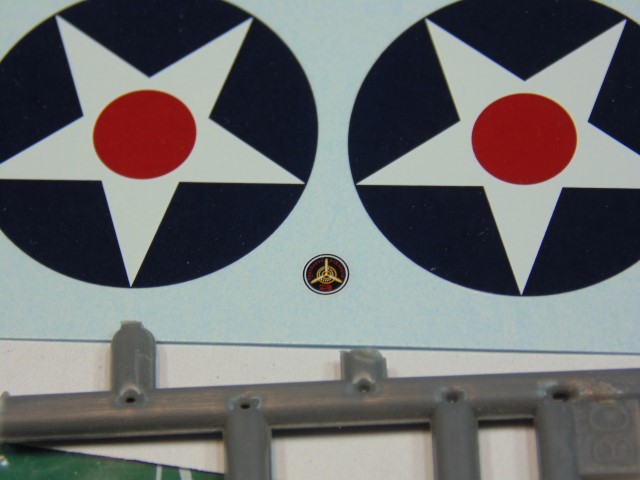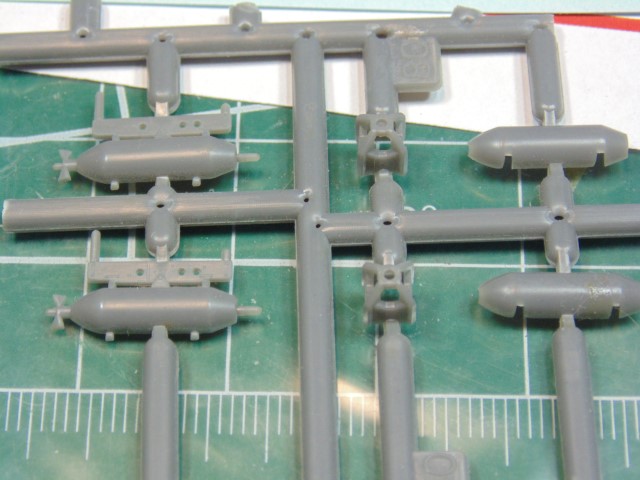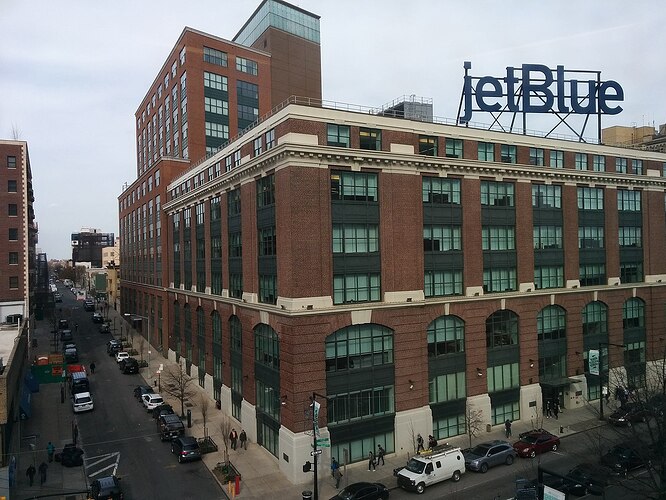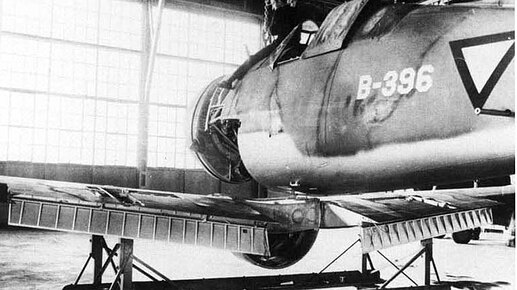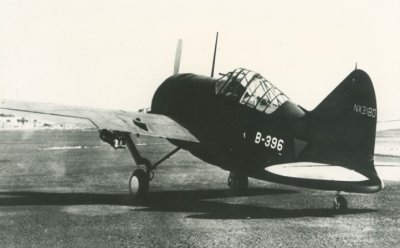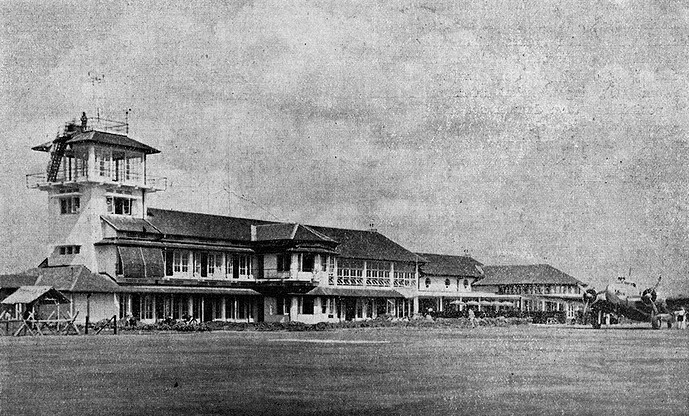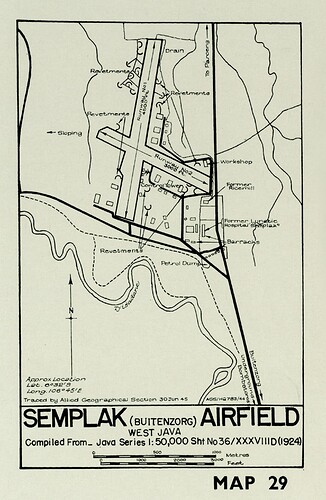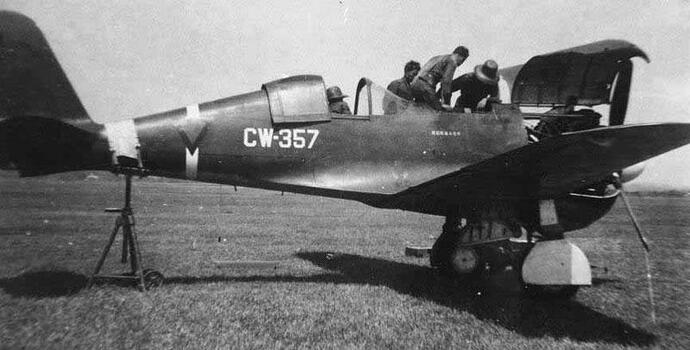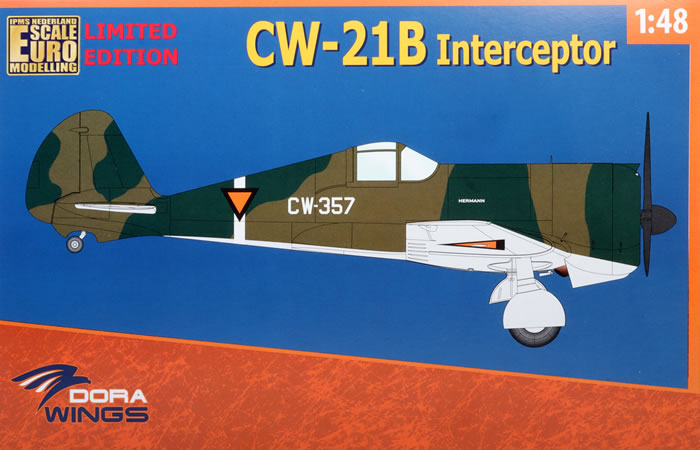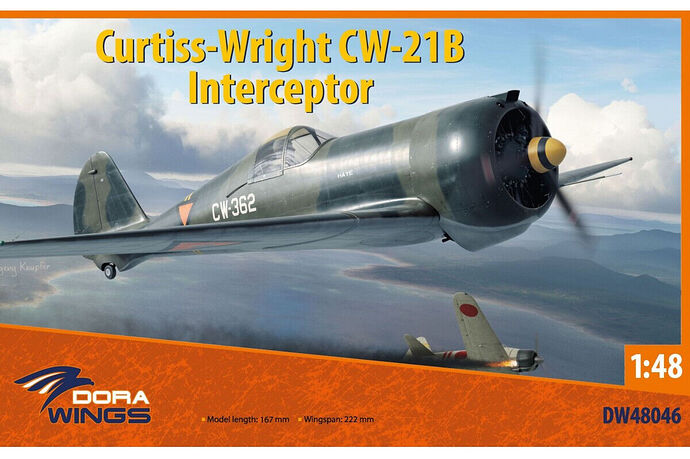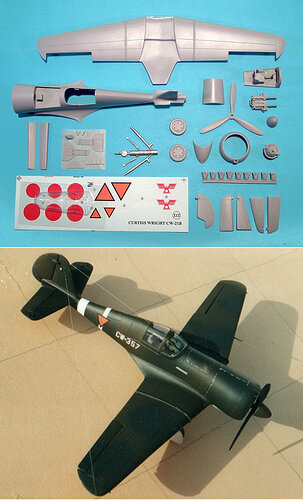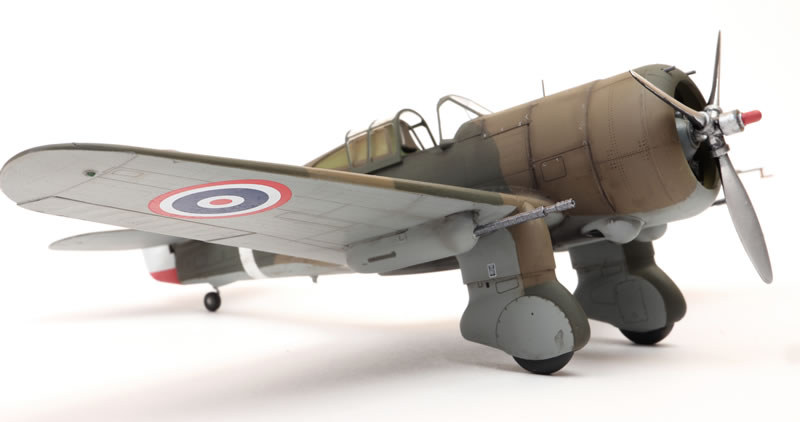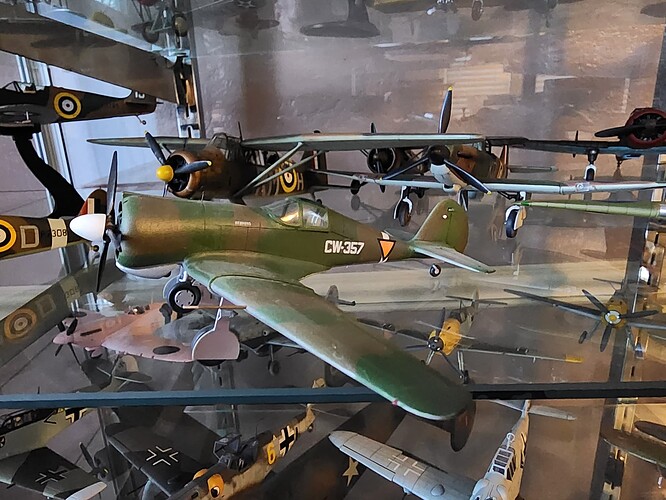Stablemate #2 Curtiss-Wright CW-21B
This is the second model waiting for the arrival of H.G.'s Curtiss H-75A-7 Hawk. The example I chose was CW-357, of which there are two photos I know.
Only 24 of these were procured by the ML-KNIL in 1941, which can be seen in the NEI below. They did not last long in combat.
The other shot of CW-357 is below.
The one I built, long before the advent of the limited edition Dora Wings release of CW-357 earlier this year
and their mainstream release in the last couple of months,
was a resin model from a German Company, WSW,
(Not my build!)
which I supplemented with a crude but workable injection molded cockpit set from a Sierra Scale Models Vacuform kit of the aircraft.
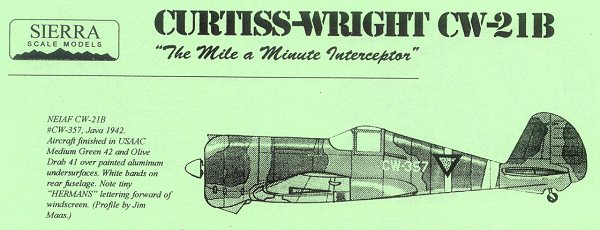
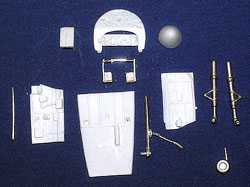
And yes, it took some work, as this was my first resin build and also my first kitbash. But I’m happy to say that it came out rather well.
The pilot’s name in the small lettering forward and below the cockpit is “Hermans.” There is next to nothing written about him (and about CW-357) except a reference to his crash landing in a Dutch Hurricane supplied by the RAF after the C-W 21B’s were gone. Whether he survived the war, I don’t know. But I wanted to see what, if anything I might find out if I did some further searching, and a few days ago, I hit paydirt.
Maddeningly, I can’t find the URL now, but here’s the man’s picture from an official Dutch photo archive.
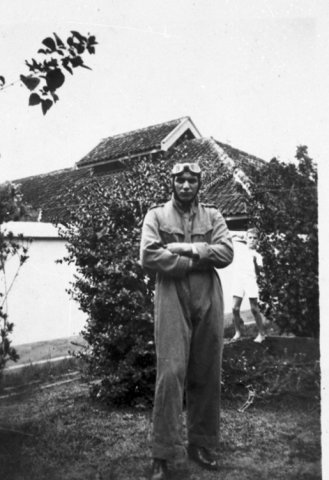
The caption listed him in Dutch as “Sergeant Temporary Service Pilot Hermans” with the year 1941 so I don’t even know the rest of his name. It strikes me that he was a civilian with a private pilot’s license who volunteered as the war clouds gathered. If you look just to the right in the picture next to his left elbow, you will see the image of a small boy. So, I assume he had a family to protect. This fits when you consider the photo caption in my prior post about B-396.
If I had the time and knew where to look, I’d love to find out what happened to these two people caught up in events that were world-changing. For now, I’ll close with the observation that the picture sure reminds me of the story in Spielberg’s “Empire of the Sun.”
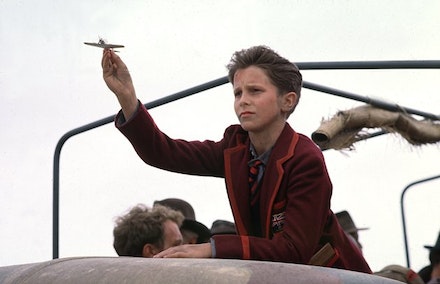
Enough of my hogging H.G.'s build blog! The next entry will be by him!
